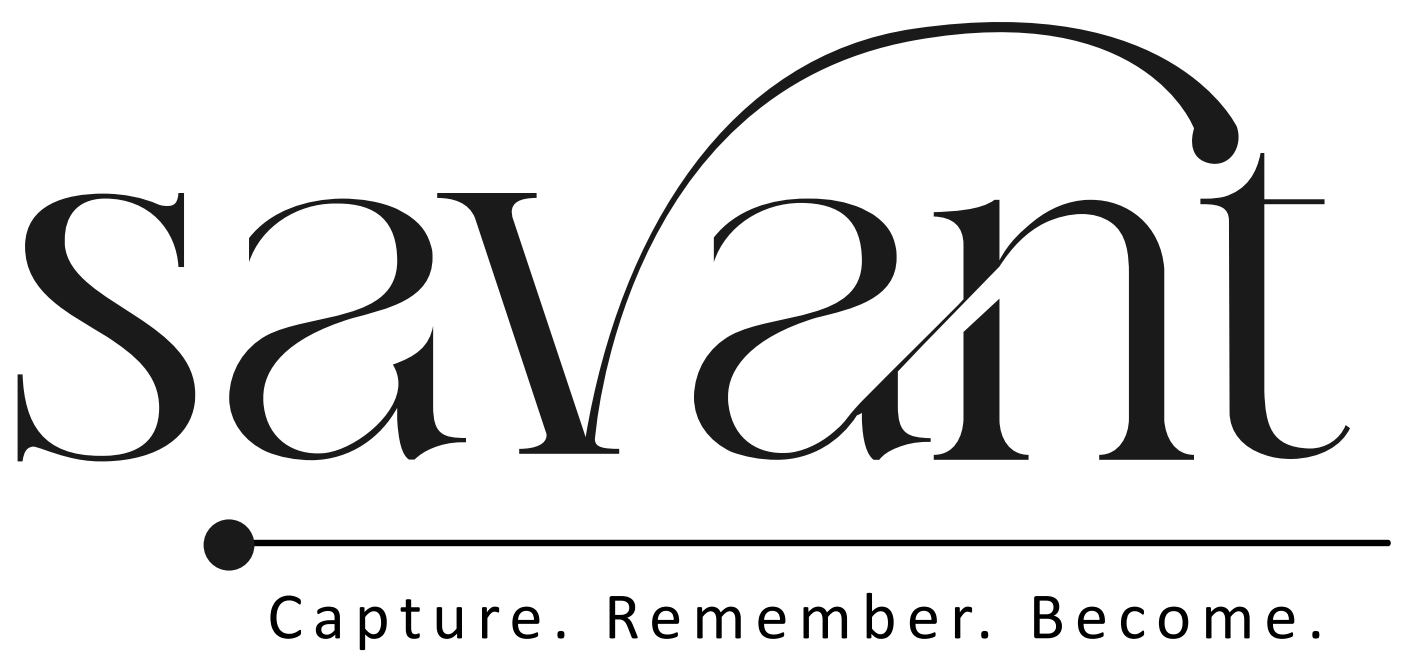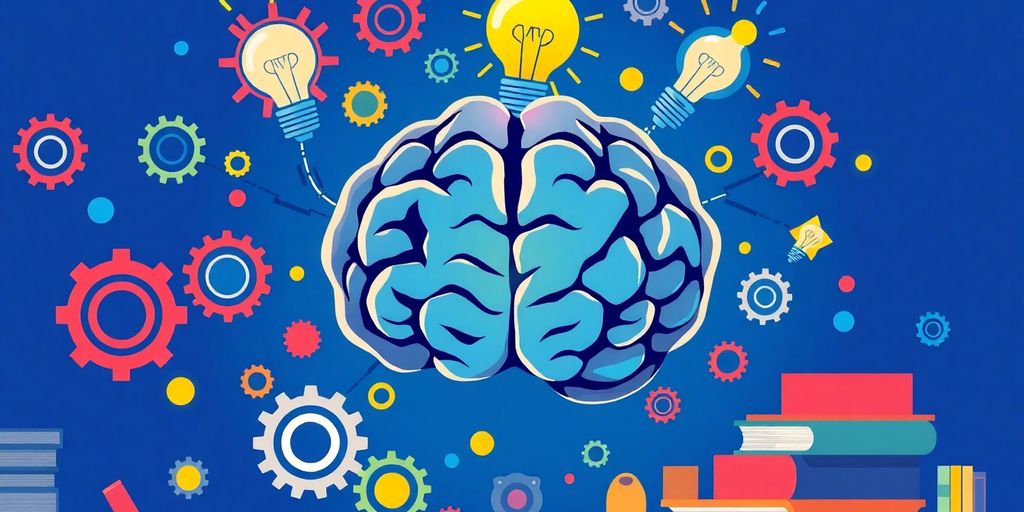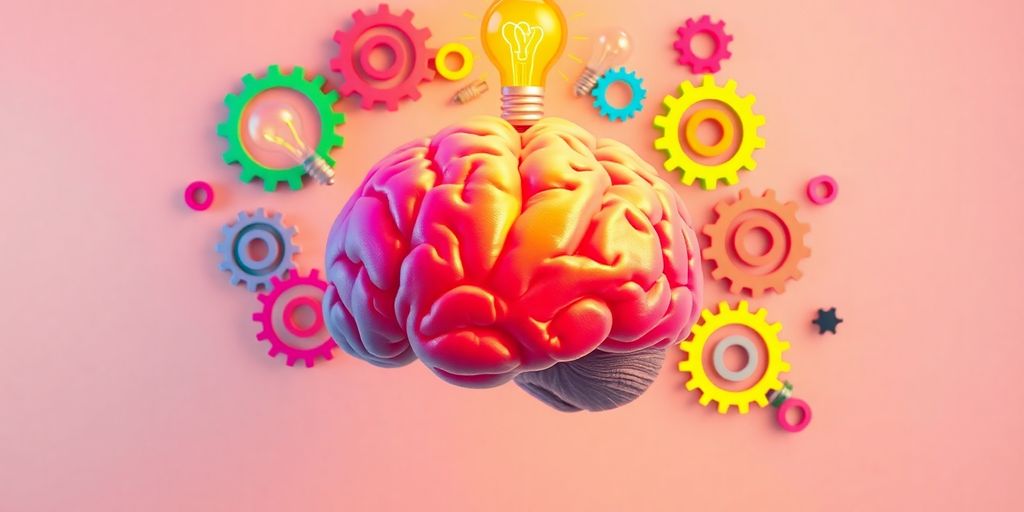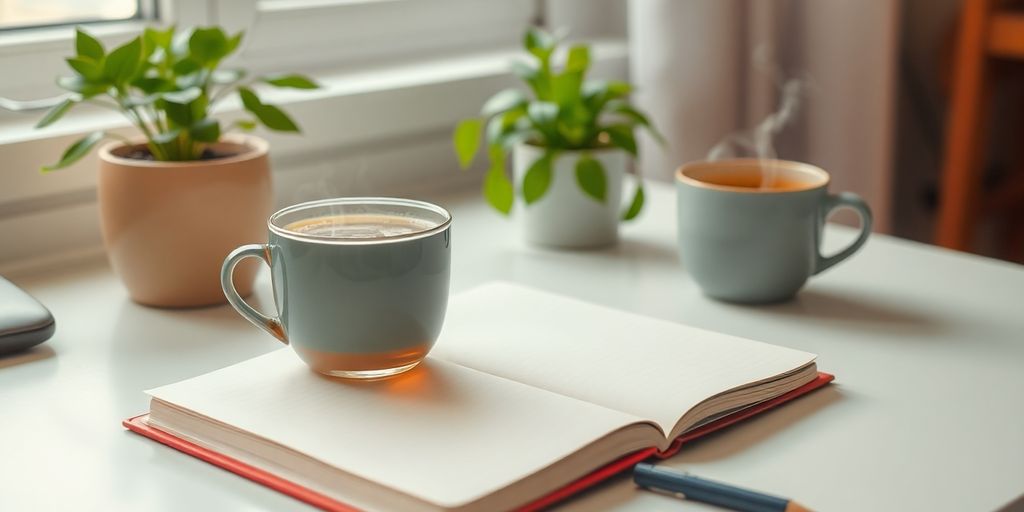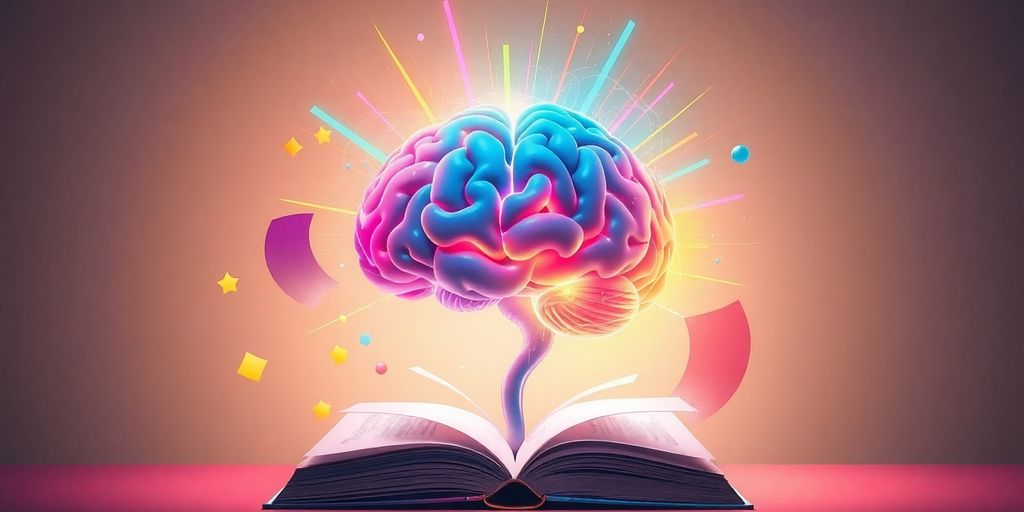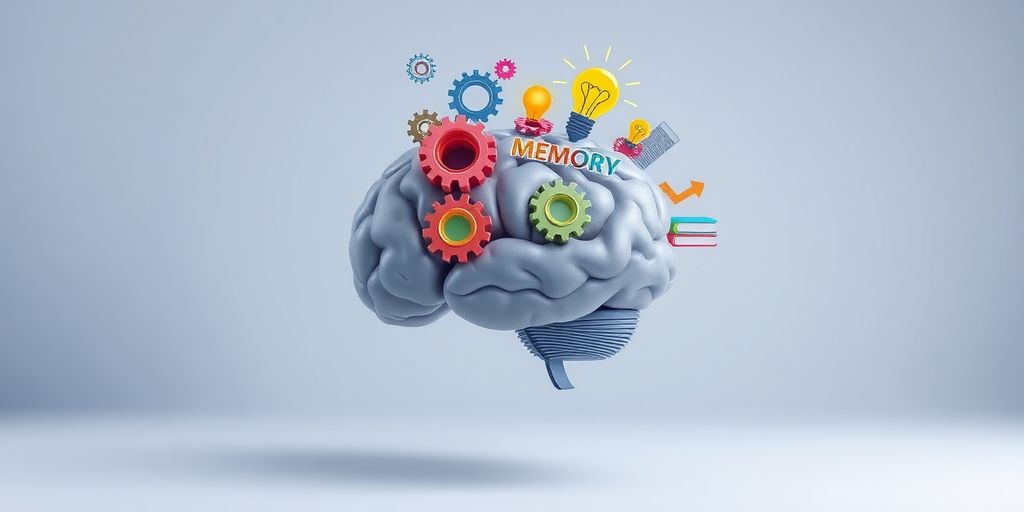Learning how to take effective notes is crucial for students aiming to improve their study habits and academic performance. This article explores various techniques and strategies that can help you master the art of note-taking. By understanding the basics and incorporating different methods, you can enhance your learning experience and retain information better.
Key Takeaways
- Learning notes help organize thoughts and enhance understanding.
- Using multiple senses boosts memory retention.
- Spaced repetition is key to long-term recall.
- Active participation in learning leads to better outcomes.
- Personalizing your notes can make studying more effective.
Understanding the Basics of Learning Notes
What Are Learning Notes?
Learning notes are your personal way of capturing information from lectures, readings, or discussions. They help you remember and understand what you’ve learned. The first step in effective note-taking is recording the main ideas in your own words. This makes it easier to recall later.
The Importance of Learning Notes
Taking notes is crucial for academic success. They serve as a reference for studying and help you connect different concepts. Here are a few reasons why learning notes matter:
- Enhance understanding of the material.
- Aid in retention of information.
- Organize thoughts for better clarity.
Common Misconceptions About Learning Notes
Many people think that note-taking is just about writing down everything the teacher says. However, it’s more about capturing the essence of the material. Here are some common myths:
- You need to write everything down.
- Only the best students take great notes.
- Notes are only useful for exams.
Learning notes are not just about recording; they are about engaging with the material to foster better comprehension and retention.
By understanding these basics, you can start to master the art of learning notes and set yourself up for success!
Techniques for Effective Note-Taking
Taking notes is more than just writing down what you hear; it’s about making sense of the information. Here are some great techniques to help you take effective notes:
The Cornell Method
The Cornell Method is a simple way to organize your notes. You divide your paper into three sections:
- Cues: A narrow left column for keywords or questions.
- Notes: A wider right column for main ideas and details.
- Summary: A bottom section to summarize the main points.
This method helps you review and reflect on what you learned.
Mind Mapping
Mind mapping is a fun and creative way to take notes. You start with a central idea and branch out with related topics. This visual method helps you see connections between concepts, making it easier to remember them.
The Outline Method
Using the Outline Method, you organize your notes in a structured way. You create headings and subheadings, which helps you see the relationships between different ideas. This method is great for subjects that have a clear hierarchy.
Using Visual Aids
Incorporating visual aids like charts, diagrams, or drawings can make complex information easier to understand. Visuals can help you remember details better and make your notes more engaging.
Remember, the goal of note-taking is to make studying easier later on!
By trying out these techniques, you can find what works best for you. Happy note-taking!
Incorporating Technology into Your Study Routine
Digital Note-Taking Tools
Using digital note-taking tools can make your study sessions more organized and efficient. Here are some popular options:
- Evernote: Great for organizing notes and syncing across devices.
- OneNote: Offers a flexible layout for notes and drawings.
- Notion: Combines notes, tasks, and databases in one place.
Apps for Spaced Repetition
Spaced repetition is a powerful technique for retaining information. Here are some apps that can help:
- Anki: Uses flashcards and spaced repetition to boost memory.
- Quizlet: Offers various study modes, including games and flashcards.
- Brainscape: Focuses on personalized learning through spaced repetition.
Online Resources for Learning Notes
The internet is full of resources to enhance your note-taking skills. Consider these:
- YouTube: Find tutorials on different note-taking methods.
- Blogs: Read about effective study techniques and tips.
- Podcasts: Listen to discussions on learning strategies while on the go.
Incorporating technology into your study routine can lead to improved concentration and reduced mental fatigue. By using the right tools, you can make learning more engaging and effective!
Active Learning Strategies
Engaging Multiple Senses
Active learning is all about getting involved! Using multiple senses can make studying more fun and effective. Here are some ways to engage your senses:
- Visual Aids: Use charts, graphs, or diagrams to help understand complex topics.
- Audio Notes: Record your notes and listen to them later.
- Hands-On Activities: Try experiments or practical exercises to see concepts in action.
Active Recall Techniques
Active recall is a powerful way to boost your memory. Instead of just reading your notes, try these techniques:
- Self-Quizzing: Test yourself on the material without looking at your notes.
- Group Discussions: Talk about what you’ve learned with friends to reinforce your understanding.
- Teaching Others: Explaining concepts to someone else can help you grasp them better.
Group Study Sessions
Studying with others can make learning more enjoyable and effective. Here’s how to make the most of group study:
- Set Goals: Decide what topics to cover before starting.
- Share Notes: Exchange notes to get different perspectives.
- Stay Focused: Keep the discussion on track to avoid distractions.
Active learning strategies can transform your study sessions into engaging experiences. By actively participating, you not only learn better but also enjoy the process more!
Creating a Consistent Study Schedule
The Pomodoro Technique
The Pomodoro Technique is a fun way to manage your study time! You work for 25 minutes, then take a 5-minute break. This helps keep your mind fresh and focused. Try it out! You can even use a timer on your phone to keep track.
Setting Realistic Goals
When creating your study schedule, it’s important to set realistic goals. Here are some tips:
- Break down big tasks into smaller ones.
- Set specific times for each subject.
- Make sure to include time for breaks.
Balancing Study and Breaks
Finding the right balance between studying and taking breaks is key. Here’s a simple table to help you visualize:
| Study Time (minutes) | Break Time (minutes) |
|---|---|
| 25 | 5 |
| 50 | 10 |
| 90 | 15 |
Remember, consistency is key! Setting aside a specific day and time each week to plan your study schedule can make a big difference.
By following these steps, you can create a study schedule that works for you and helps you stay on track!
Reviewing and Revising Your Notes
The Importance of Regular Review
Reviewing your notes regularly is key to keeping information fresh in your mind. It helps you remember what you learned and makes studying for tests easier. Here are some reasons why reviewing is important:
- Reinforces Learning: Going over your notes helps solidify what you’ve learned.
- Identifies Gaps: You can spot areas where you need more understanding.
- Boosts Confidence: Regular review makes you feel more prepared for exams.
Techniques for Effective Revision
To make your revision sessions more effective, try these techniques:
- Summarize: Write a brief summary of your notes in your own words.
- Teach Someone Else: Explaining concepts to a friend can deepen your understanding.
- Use Flashcards: Create flashcards for key terms and concepts to test yourself.
Using Flashcards for Review
Flashcards are a fun and effective way to review. Here’s how to use them:
- Write a question on one side and the answer on the other.
- Review them regularly to reinforce your memory.
- Mix them up to keep your brain engaged.
Remember, the more you review, the better you’ll remember! Regularly revisiting your notes can turn studying into a more enjoyable and less stressful experience.
Personalizing Your Learning Experience

Identifying Your Learning Style
Understanding how you learn best is the first step in personalizing your study experience. Everyone has a unique way of absorbing information. Here are some common learning styles:
- Visual Learners: Prefer using images, diagrams, and charts.
- Auditory Learners: Learn best through listening and speaking.
- Kinesthetic Learners: Prefer hands-on experiences and movement.
Finding your style can make studying more enjoyable!
Customizing Your Notes
Once you know your learning style, you can tailor your notes to fit it. Here are some tips:
- Use colors and symbols for visual learners.
- Record lectures for auditory learners.
- Create models or use physical objects for kinesthetic learners.
Adapting Techniques to Fit Your Needs
It’s important to be flexible with your study methods. Here are some ways to adapt:
- Mix Methods: Combine different techniques like mind mapping and the Cornell method.
- Experiment: Try new tools or apps to see what works best for you.
- Feedback: Ask friends or teachers for input on your notes and study habits.
Personalizing your learning experience can lead to better understanding and retention. Remember, balancing personalization and standardization in education enhances your overall learning journey!
Wrapping It Up: Your Path to Smarter Learning
In conclusion, mastering the art of taking notes can truly change how you learn. By using techniques like spaced repetition and active recall, you can remember more and understand better. Remember, it’s not just about writing things down; it’s about engaging with the material in a way that makes sense to you. So, whether you’re doodling diagrams or quizzing yourself with flashcards, find what works best for you. With a little practice and the right tools, you’ll be on your way to becoming a more confident and effective learner. Keep pushing forward, and enjoy the journey of learning!
Frequently Asked Questions
What are learning notes?
Learning notes are written records that help you remember and understand what you’ve learned in classes or from reading. They can include key points, summaries, and important details.
Why are learning notes important?
Learning notes are important because they help you retain information better. They make it easier to review and study for tests, and they help you connect different ideas.
How can I improve my note-taking skills?
You can improve your note-taking by practicing active listening, using abbreviations, and organizing your notes clearly. Reviewing your notes after class also helps.
What is the Cornell Method?
The Cornell Method is a note-taking system where you divide your page into sections for cues, main notes, and summaries. This helps you organize and review your notes effectively.
What is spaced repetition?
Spaced repetition is a study technique where you review information at increasing intervals. This method helps you remember things for a longer time.
Can technology help with note-taking?
Yes, technology can help with note-taking. There are apps and tools that allow you to take digital notes, organize them, and even schedule reviews for better retention.
